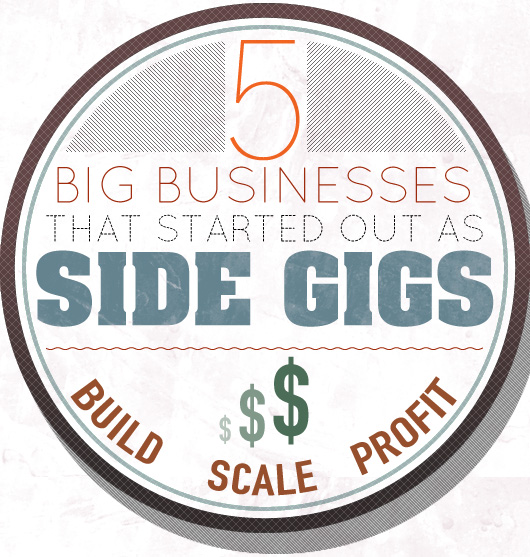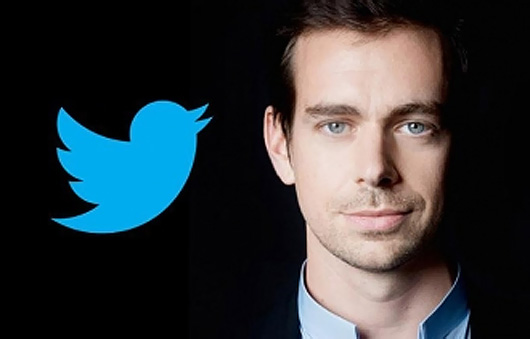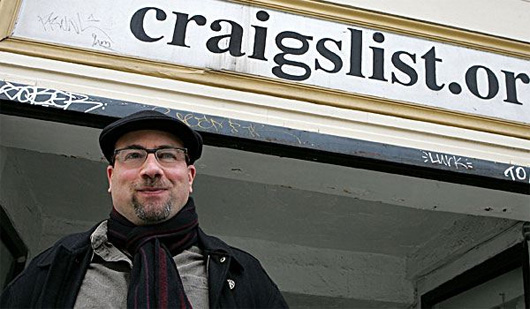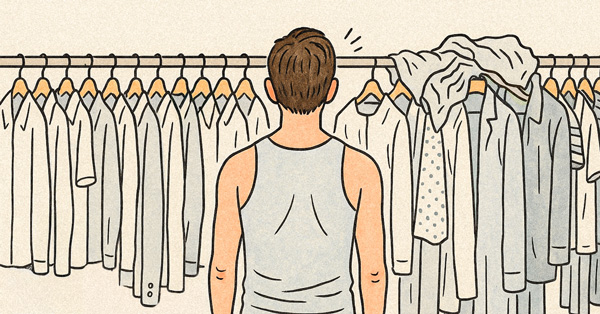Anyone can tell you that focus is important in your professional life. But you don't want your focus to be so narrow that you lose track of everything else in your life. That's a recipe for bored friends and bland conversations. A well-rounded man has many interests. And who knows, one of those interests may turn into a side job.
Diversifying your hobbies is especially important for young people who haven't landed their dream job just yet. No one knows what the future holds: You may work your way up the corporate ladder with your current employer, or you might wind up in a different field entirely. But if you have a side job, you have an extra iron in the fire–and it's probably something you enjoy more than your day job.
Maybe you're in a rock band that gigs on weekends, or you make and selling furniture in your spare time. For many people, a side job is the most fulfilling work they do.
If you have a side gig, you might want to stick with it, because side jobs can pay off in spades.
Here's a look at five big businesses that started as side gigs.
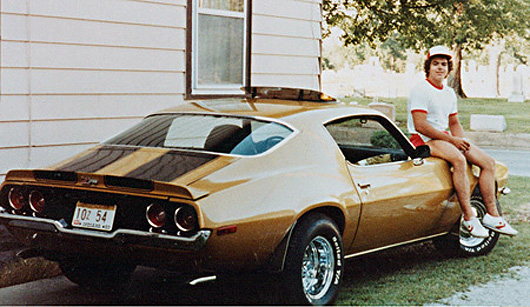
Founder John Schnatter with his Camaro that he later sold to help fund his business.
Papa Johns
These days you can't look at a TV around dinner time without seeing a commercial for Papa Johns. But the mighty pizza chain was not always the household name it is today.
In 1983, when John Schnatter graduated college with a business degree, he went back to his hometown of Jeffersonville, Indiana. His father had agreed to let him take over a bar he co-owned called Mick's Lounge. The bar was somewhat dilapidated, in a bit of debt, and often full of bikers who enjoyed the occasional fistfight. Schnatter had his work cut out for him.
He repainted the bar, adjusted the beer prices, and added some pool tables and arcade games to make the place more appealing to the non-biker crowd. These improvements paid off, and he was able to turn the bar's fortunes around in a matter of months.
But like most Americans, Schnatter was also a fan of pizza, and he thought he could make even more money if he installed a pizza kitchen in the bar. The only extra space they had was a broom closet, so he took a sledgehammer to the walls and installed a pizza oven. Selling pizza was a side business of the bar.
It took a few years, but the pizza business outgrew the bar. By 1987, Schnatter decided to focus on making pizza pies full time. He sold off his stake in the bar and opened the first Papa Johns restaurant right next-door.
Flash forward to the present, and Papa Johns has more than 4,000 locations in three dozen countries. Not bad for a side business that started in a broom closet.
It wasn't very long ago, but the year 2006 was a very different time when it comes to technology. Facebook was still getting started, and virtually no one had a smartphone. But Jack Dorsey had an idea. Wouldn't it be cool, he thought, if there was a phone-based social network that would let your friends know what you were doing in real time? If you were having drinks at a local bar, for instance, or watching an exciting basketball game, you could post it on Twitter for your buddies to see.
Start Yours:
Get started on your side gig, or take one to the next level with Primer's entrepreneurship and career development guides.
Back then, Dorsey worked for a podcasting company called Odeo. Podcasting was just starting to gain popularity, which put Odeo in a strong position to cash in on the phenomenon. Unfortunately for them, Apple also saw the potential in podcasting, and built it into their hyper-popular iTunes software.
Once that happened, the Odeo founders knew their business was in trouble, so they had a brainstorming session to look at other business opportunities. Dorsey pitched his idea for Twitter, and his bosses liked it. While they continued their podcasting efforts, they gave Dorsey the go-ahead to start developing his idea on the side.
It's a good thing they did. As Apple's podcasting platform wiped the floor with the competition, Twitter took on a life of its own.
In the intervening years, Twitter has grown with new technology, but it's still about getting a short message out to your followers. Today, Twitter has over 200 million active users and is said to be worth about $10 billion.
Yankee Candle Company
Back in the 1960s, Michael J. Kittredge was a regular high school kid who played guitar in a band. We've all heard stories about a young musician going on to reinvent rock music, but that was not what fate had in store for Kittredge. His band broke up, and because they hadn't made any money, he was left without the means to buy his mom a Christmas gift.
Instead of borrowing the money, he decided to make something. He put a wick in a glass jar and melted a bunch of crayons around it to make a colorful wax candle that he thought his mother would appreciate. But before he could wrap the present, a neighbor saw it and asked to buy it. Kittridge was a budding entrepreneur, so he sold the candle for two dollars. Realizing he had a good business idea on his hands, he decided to make more candles and sell them to other neighbors who had heard good things about his creations. He asked for his cousin's help, and together they started producing candles in bulk, right out of his parents' garage.
When he graduated high school, Kittredge went to a local university, but he continued making candles as a side job. Before long, his candles were taking over more of his parents' house, and were forced to ask him to take his business elsewhere. That was the boost he needed to lease a nearby mill and begin devoting his full attention to the candle business. The company grew, eventually resulting in stores that sold colorful scented candles in malls across the country. Kittredge sold the company in 1998 for $550 million.
Craigslist
Craig Newmark moved to San Francisco in 1995 to take a job with the financial firm Charles Schwab. Back then the Internet was still young, but Newmark saw it as a way to meet like-minded people who lived nearby. To that end, he started an e-mail distribution list for programmers to share local events they might want to attend.
The e-mail list was a hit. Before long, people began using the service to post job listings and items they had for sale. It was clear to Newmark that this was a service many people wanted to use, but it was outgrowing the e-mail format, so he built the website craigslist.org.
As he expanded Craigslist to cities beyond San Francisco, it began taking up more of his free time. In 1999, Newmark quit his job as a software engineer and began focusing his full attention on the website.
Gradually the site grew to cover every big city in the U.S., and now it covers a good chunk of the world. Such expansion hasn't been without repercussions, however: Many people think Craigslist is partially responsible for the decline of the newspaper industry, for essentially offering free classified ads.
In short, Craigslist has made a giant impact for a company that started out as a side gig.
Gibson Guitar Corporation
Orville Gibson was just another salesman working for the man in the 1880s, when he bought a workshop to practice his hobby of making instruments. Gibson was a fan of mandolins, which at the time were far more popular than guitars. (Rock music would eventually come around and change that.)
Back then, most mandolin makers cut straight pieces of wood and bent them into the shapes they needed to build the instruments. Gibson, however, thought bending the wood gave it unnecessary stress, which led to inferior acoustics. So he took inspiration from violin makers, and invented a “carved” wood method of mandolin-making that he was able to patent.
It took him several years of crafting instruments in his free time, but eventually he brought this same method to making banjos, guitars, and lutes. By 1896, he was finally able to quit his sales job and focus exclusively on making instruments. Demand grew, and he started the Gibson company, eventually training new woodworkers to make instruments using his methods.
Gibson made a successful living, but unlike the rest of these entrepreneurs, he died before the company became world famous. It was the company's future managers, who continued using his designs and devotion to quality, to turn Gibson into one of the top instrument makers in the world.



